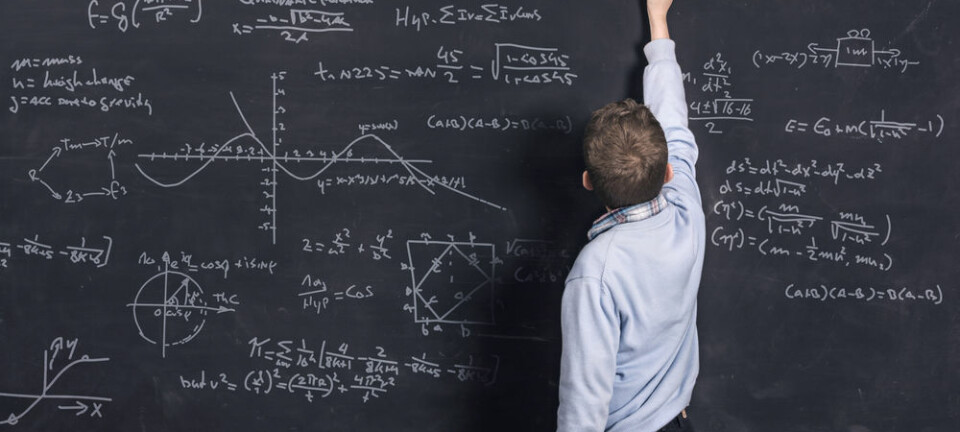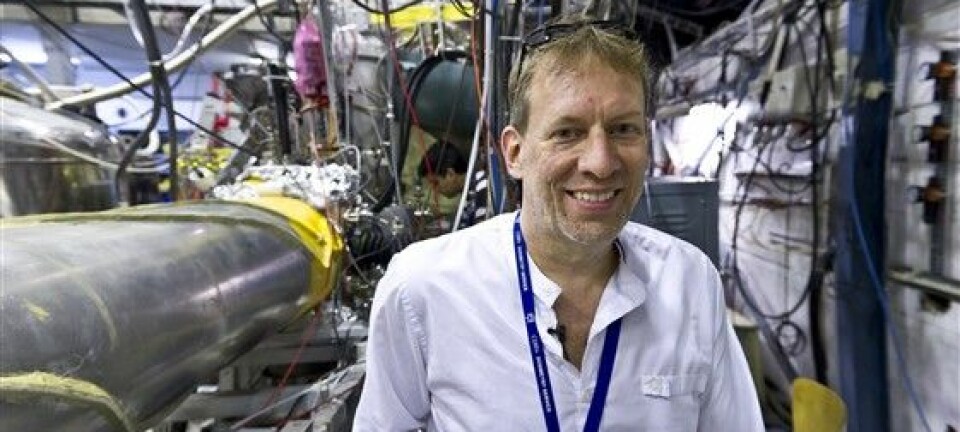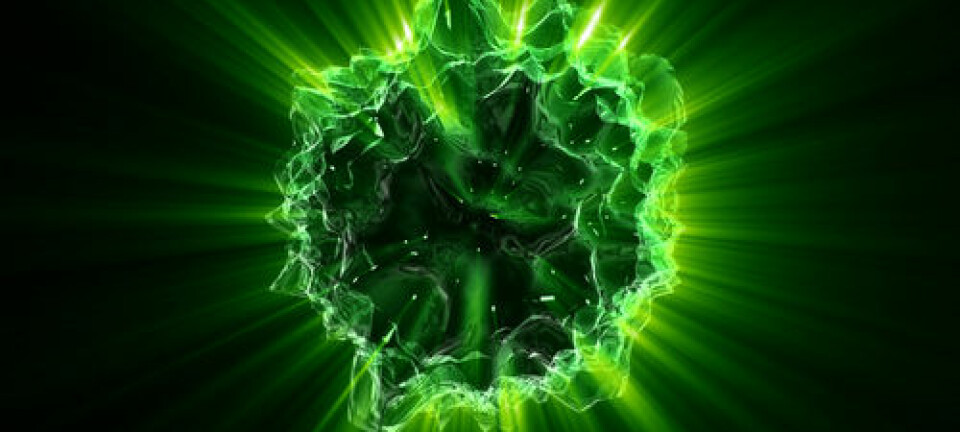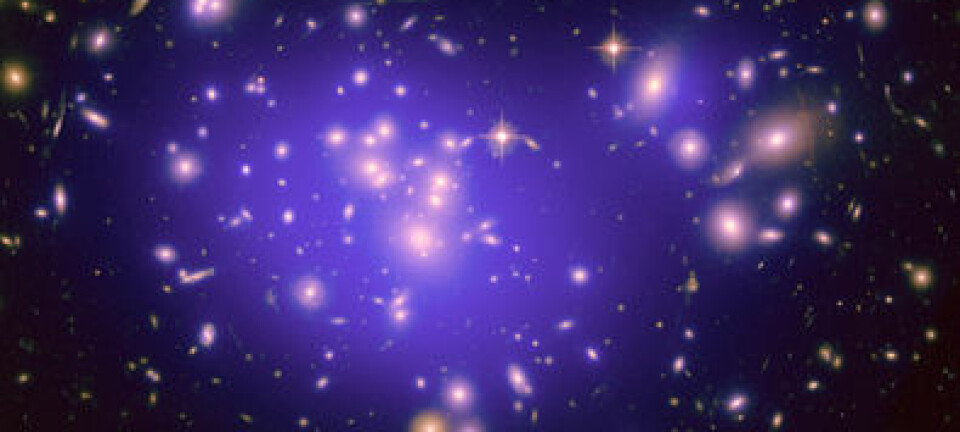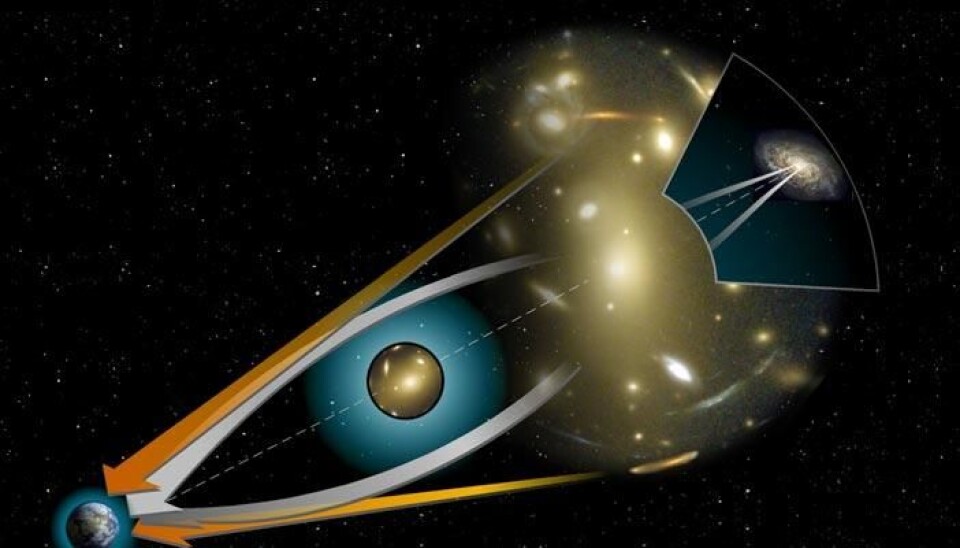
Scientists calculate the diffraction of light with quantum physics
New study brings physics closer to uniting Einstein's general theory of relativity and quantum mechanics.
A team of physicists have succeeded in calculating the diffraction of light -- caused by gravitational pull -- using methods from quantum mechanics. This has brought them closer to uniting gravitational pull and the theory of relativity with quantum mechanics.
“We have found a framework within which we can use quantum physics to predict the diffraction of light," says Emil Bjerrum-Bohr, an associate professor at the University of Copenhagen and one of the scientists behind the new study. He is also the great-grandson of the founder of quantum mechanics, Niels Bohr.
In the new study, their quantum mechanical calculations fit with Einstein's general theory of relativity. The two fields, the theory of relativity and quantum mechanics, have otherwise been almost impossible to connect and physicists have been searching for several decades for a new theory to unite the two.
"Until now it hasn't been possible to formulate a quantum theory for gravitational force. Most of the ideas that have been tried run into paradoxes and problems," says Bjerrum-Bohr.
Scientist: Interesting result
Bjerrum-Bohr explains that the new calculations have been possible thanks to "the progress made in calculations within the last few years and some special tricks" which scientists have used in their calculations. With these, the scientists have succeeded in describing the gravitational force by means of an effective field theory.
The theoretical physicist McCullen Sandora from the University of Southern Denmark finds the new article interesting.
"We still don't know how Einstein's theory of relativity and quantum mechanics fit together. But the interesting thing about this article is that regardless of how we one day work out how to unite them, the overall theory will doubtlessly predict the same as what they have calculated in the article," says Sandora, who is a post-doc at the research unit CP3 Origins.
"They've succeeded in calculating a gravitational effect that doesn't depend on how the theory of relativity and quantum mechanics stick together," he says.
He was not involved in the new study, but has done research in the same field in, among other places, the United States.
Diffraction of light unveils distant galaxies
Although the scientists are convinced that the calculations in the new article are correct, they cannot be measured experimentally -- the quantum effect on the diffraction of light is too small to be measured in experiments, Sandora explains.
"The effect is tiny -- it's so minute that it’s unlikely that we can observe it. But it's interesting nonetheless," says Sandora.
The fact that light can be diffracted is an extremely important attribute for scientists studying remote galaxies.
If light was not diffracted, the scientists would not be able to see the light coming from the most distant galaxies, because the light from closer galaxies would get in the way of it.
But because of diffraction, the astronomers are able to get information about distant galaxies and other light-emitting phenomena. And now they are able to calculate the diffraction of light within the framework of quantum mechanics.
------------
Read the original story in Danish on Videnskab.dk
Translated by: Hugh Matthews
